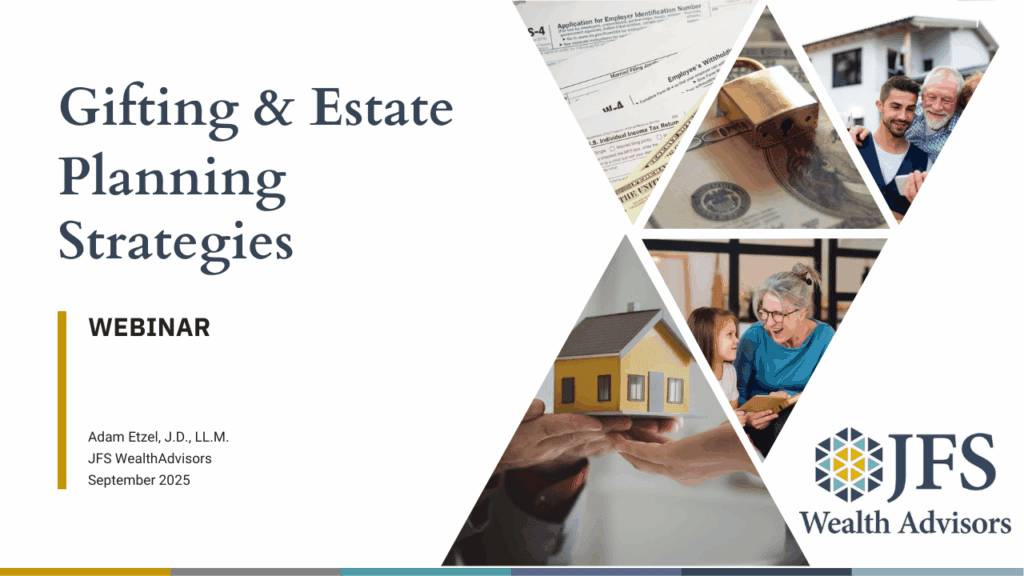For attorneys, accountants, physicians, architects, and other professionals, it can take years to build a client base, forge a solid reputation, and assemble the right team to create a sustainable and secure practice. Most firms start small—often as solo practitioners—and grow over time to embrace additional service areas, younger associates, and other accretions that attend the growth and maturity of a thriving enterprise.
As such firms develop over time, and as the firm’s culture solidifies, it becomes more important to give careful consideration to what happens when a founder or other senior partner wants to retire. But too often succession planning for professional service firms gets relegated to the “not right now” category of priorities. In fact, a recent survey of mid-size law firms in the US found that only 40% felt prepared to deal with the retirement of partners, and only 37% had a formal succession plan either in place or under development. That’s unfortunate because the uncertainties that arise from the inadequacy or absence of a solid succession plan can cost firms in client loyalty, associate confidence, and even ongoing viability.
What follows is by no means an exhaustive list of areas that should receive careful consideration as professional firms develop their succession plans, but these are important topics that can help get the conversations started.
1. Internal or external. Many firms will have associates who have been in the office for years and who have the desire and capability to assume a leadership role, along with the accompanying financial and ownership responsibilities. For other firms, a merger with an outside entity may be the more desirable solution. The two alternatives, however, typically present very different challenges in terms of structure, funding, and other considerations. Typically, internal transitions in leadership will need a longer lead time for adequate planning and may also require special arrangements around funding, as opposed to an outside buyer who will often have a source of funding already in place. Preparation of an internal successor may also require a more prolonged period of preparation, both in terms of knowledge and experience transfers from senior leaders and relationship transitions with key clients.
2. Funding. As already mentioned, details of funding are key to any effective succession plan. When an outside buyer is involved, this may be a relatively simple question of establishing an accurate value for the firm and confirm that the buyer’s financing is solid. With an internal buyer, however, revenues generated by the firm itself will often be providing some or all of the funding, either through a payment schedule established with the associate or associates assuming ownership, by internal payments made to senior partners’ retirement plans, or by some other means.
3. Taxation. Careful consideration should be given to the tax implications of succession plan funding. Depending on whether the firm is structured as a partnership (LLC or PLLC), an “S” corporation, or in some other form, the tax implications of transferring ownership equity can vary widely.
As professional service firms consider these issues, it’s also important to keep in mind three key perspectives: the senior partner, the clients, and the rest of the firm. The partner will be most concerned with issues around securing retirement income, continuity of relationships and community, and personal direction in a new phase of life. Clients, on the other hand, will require assurance that accustomed levels of service will continue and that any new leadership will continue to value them in the ways to which they are accustomed. The rest of the firm may be expected to focus on confirming the ongoing viability of the practice, confidence in new leadership, and continuity of client loyalty.
At JFS Wealth Advisors, we provide fiduciary financial guidance for professionals and others who are seeking to secure their legacy. To learn more, read our recent article, “Financial Planning for Physicians: Improving Your Odds.”




















